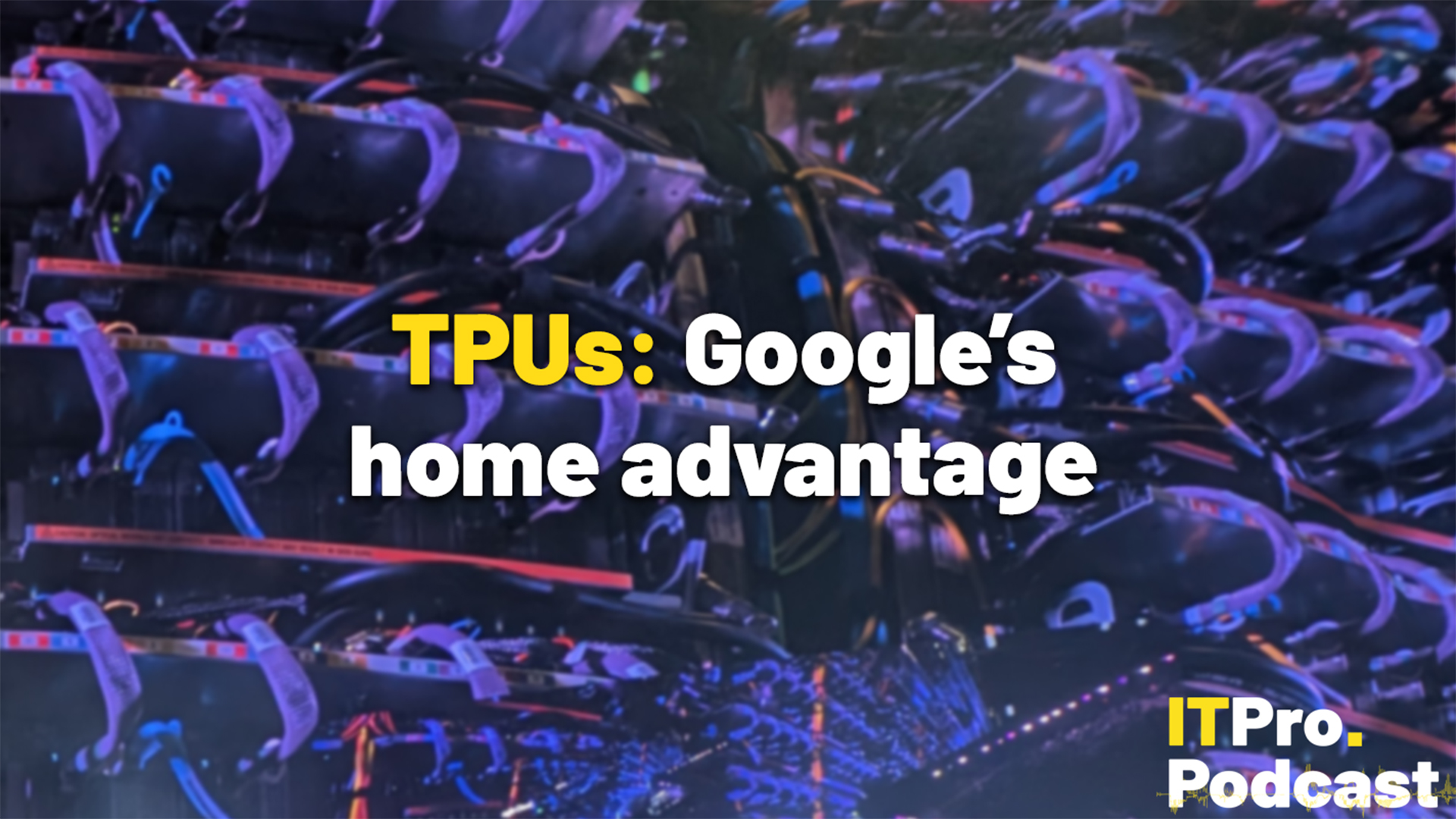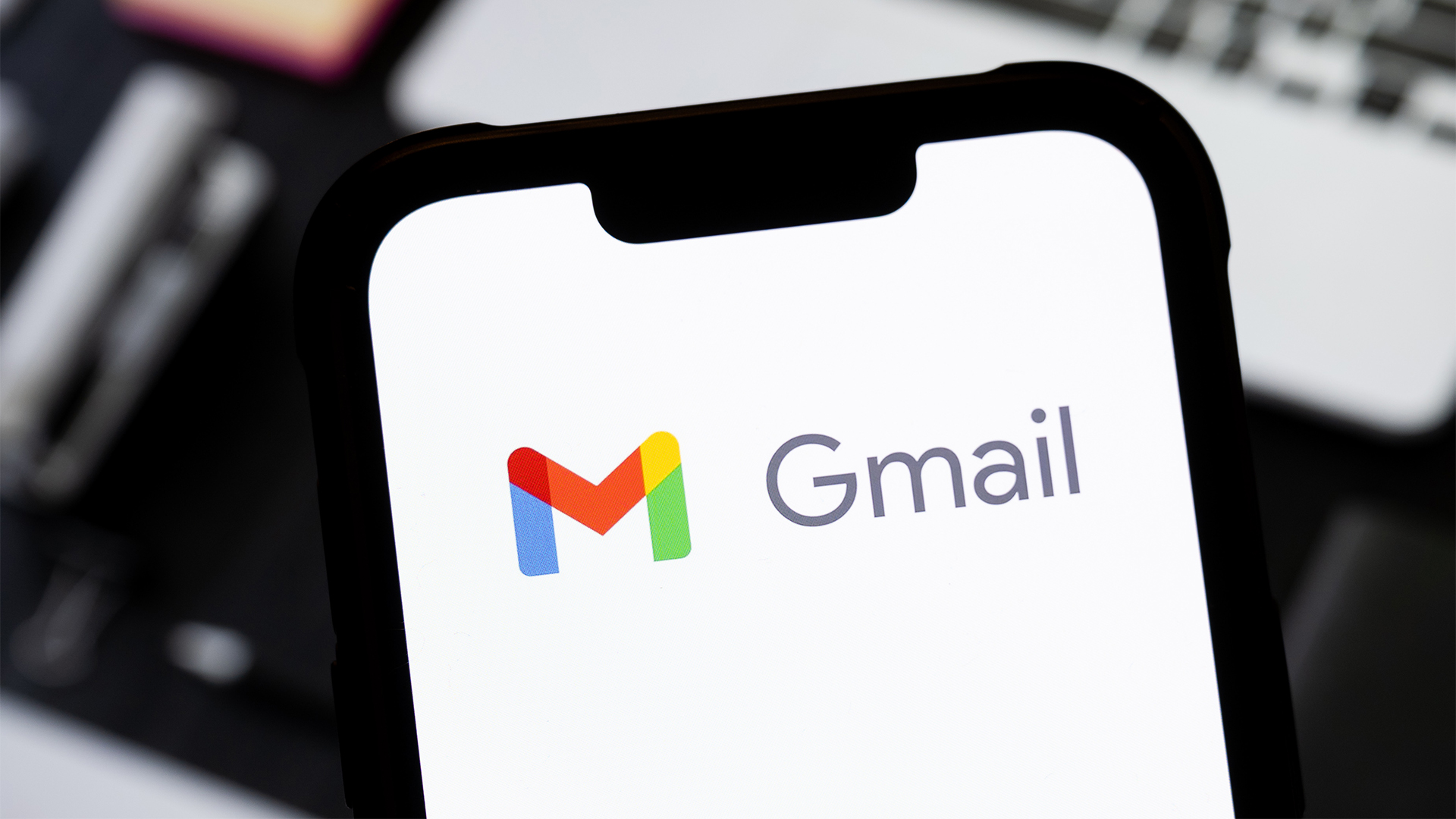How immersive does a video meeting really need to be?
It’s time to accept that virtual business meetings are awful and no amount of innovation will make them more engaging


It is a strange kind of legacy that we don’t talk about the pandemic anymore, but continue to develop the technologies that got us through it. It’s five years later and we are still trying to make video calls more immersive, lifelike, and engaging. Why?
We have, of course, held on tightly to remote work for its benefits; better work-life balance, access to global talent, more flexible work practices, and more simplified onboarding. While we can go outside and into the office now, we also have more reasons not to do so. What is more confusing, however, is that most of the larger tech companies are demanding their workers return to the office, while simultaneously working on improvements to video conferencing software.
This leads us to Project Starline, which has finally made it out into the world, albeit with a more Star Trek-friendly name: ‘Google Beam’. The change seems frankly pointless as it's not directly being launched by Google. Instead, hardware partners will incorporate the technology into their own products and, you guessed it, use a different name. So ‘Beam’, ‘Starline’, whatever, it’s largely a waste of marketing.
HP is the first company to preview new hardware that incorporates Beam and has gone its own way on the naming with the rather forgettable moniker, ‘HP Dimension’. HP’s model will cost enterprise businesses (or extravagant startups) a whopping $24,000 and that price does not include the software you need to actually hold any calls. Businesses will have to fork out for a separate Google Beam license to use Google Meet or Zoom on the device and there aren’t any details on how much that costs, as yet.
What you get, for $24,999, is a 65in light field display with six high-speed cameras inside a thin frame, which work to create a lifelike 3D video of the person you’re video calling. Not your standard video call, not digital tiles of your work colleagues and bosses, but a “truly immersive” experience, according to HP.
It is a phenomenal piece of science and engineering and whole teams of technicians and programmers should be pleased with themselves. But like the guys that brought dinosaurs back to life in Jurassic Park, they were so preoccupied with whether or not they could, that they didn’t stop to think if they should.
Why are we spending so much time on this? There is nothing in the business world worth meeting over that will be made more enjoyable or more inclusive with super high-definition visuals and crystal-clear audio.
Sign up today and you will receive a free copy of our Future Focus 2025 report - the leading guidance on AI, cybersecurity and other IT challenges as per 700+ senior executives
I mean, how detailed do I need my boss’ face to be when all the meeting is for is to tell me about the monthly strategy? A weekly catch-up with my line manager is not made more enjoyable by seeing her in 3D. She’s not a summer blockbuster. I don’t come prepared with popcorn. I don’t need the guilt of turning my camera off when the company installs a $25k monitor.
And this is the problem with Google Beam, or whatever it eventually gets known as: it’s not a serious way to conduct business. Similar to Facebook/Meta and its Metaverse nonsense that made everything look like Wii Sports – thank god that never caught on.
We don’t need more immersive meetings or more reasons to have virtual ones. No amount of visual clarity will improve productivity – sometimes it literally can be an email.
Bobby Hellard is ITPro's Reviews Editor and has worked on CloudPro and ChannelPro since 2018. In his time at ITPro, Bobby has covered stories for all the major technology companies, such as Apple, Microsoft, Amazon and Facebook, and regularly attends industry-leading events such as AWS Re:Invent and Google Cloud Next.
Bobby mainly covers hardware reviews, but you will also recognize him as the face of many of our video reviews of laptops and smartphones.
-
 Trump's AI executive order could leave US in a 'regulatory vacuum'
Trump's AI executive order could leave US in a 'regulatory vacuum'News Citing a "patchwork of 50 different regulatory regimes" and "ideological bias", President Trump wants rules to be set at a federal level
-
 TPUs: Google's home advantage
TPUs: Google's home advantageITPro Podcast How does TPU v7 stack up against Nvidia's latest chips – and can Google scale AI using only its own supply?
-
 Google CEO Sundar Pichai thinks software development is 'exciting again' thanks to vibe coding — but developers might disagree
Google CEO Sundar Pichai thinks software development is 'exciting again' thanks to vibe coding — but developers might disagreeNews Google CEO Sundar Pichai claims software development has become “exciting again” since the rise of vibe coding, but some devs are still on the fence about using AI to code.
-
 GitHub is scrapping some Claude, OpenAI, and Gemini models in Copilot – here's what you need to know and what alternatives are available
GitHub is scrapping some Claude, OpenAI, and Gemini models in Copilot – here's what you need to know and what alternatives are availableNews GitHub Copilot users are urged to switch to the newer models following the retirement cut-off
-
 UK government programmers trialed AI coding assistants from Microsoft, GitHub, and Google – here's what they found
UK government programmers trialed AI coding assistants from Microsoft, GitHub, and Google – here's what they foundNews Developers participating in a trial of AI coding tools from Google, Microsoft, and GitHub reported big time savings, with 58% saying they now couldn't work without them.
-
 Google's new Jules coding agent is free to use for anyone – and it just got a big update to prevent bad code output
Google's new Jules coding agent is free to use for anyone – and it just got a big update to prevent bad code outputNews Jules came out of beta and launched publicly earlier this month, but it's already had a big update aimed at improving code quality and safety.
-
 This handy new Gmail feature is exactly what you need to clean up your inbox
This handy new Gmail feature is exactly what you need to clean up your inboxNews A simple change in Gmail will give users more control over repeat senders
-
 OpenAI's plan to acquire AI coding startup Windsurf ended in disaster – here’s how the deal fell apart
OpenAI's plan to acquire AI coding startup Windsurf ended in disaster – here’s how the deal fell apartNews The acquisition by Cognition comes after a rumored $3bn offer from OpenAI fell through
-
 ‘Developers will need to adapt’: Microsoft CEO Satya Nadella joins Google’s Sundar Pichai in revealing the scale of AI-generated code at the tech giants – and it’s a stark warning for software developers
‘Developers will need to adapt’: Microsoft CEO Satya Nadella joins Google’s Sundar Pichai in revealing the scale of AI-generated code at the tech giants – and it’s a stark warning for software developersNews Microsoft CEO Satya Nadella is the latest big tech figure to reveal the scale of AI-generated code at the tech giant, prompting more questions about the future of software development.
-
 AI helped Google engineers cut code migration times in half
AI helped Google engineers cut code migration times in halfNews The firm also simplified communications as migrations can be completed by a single engineer
